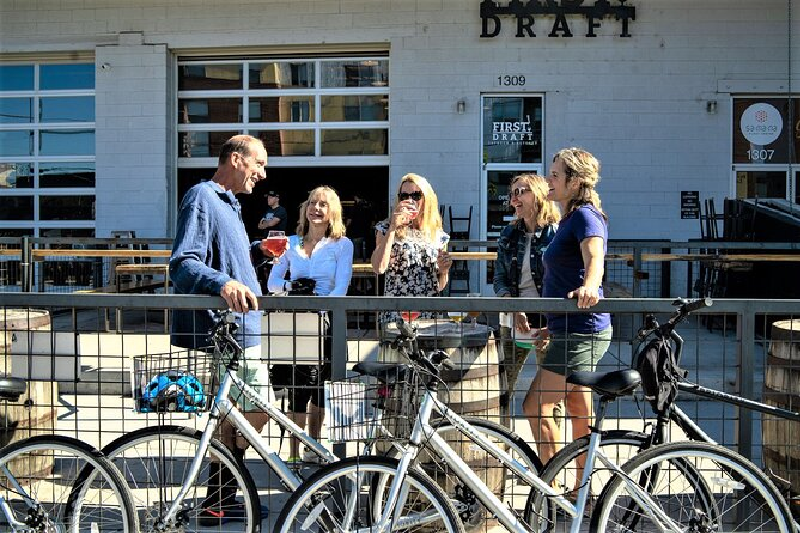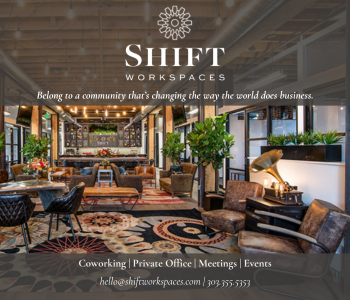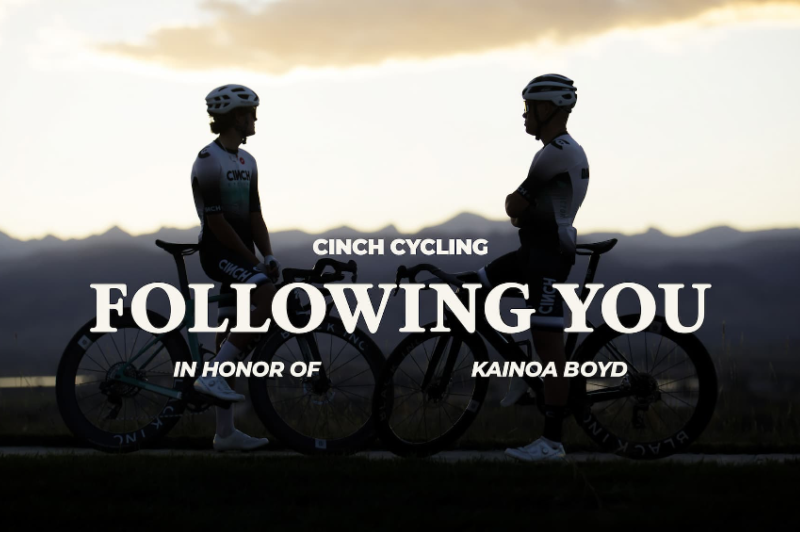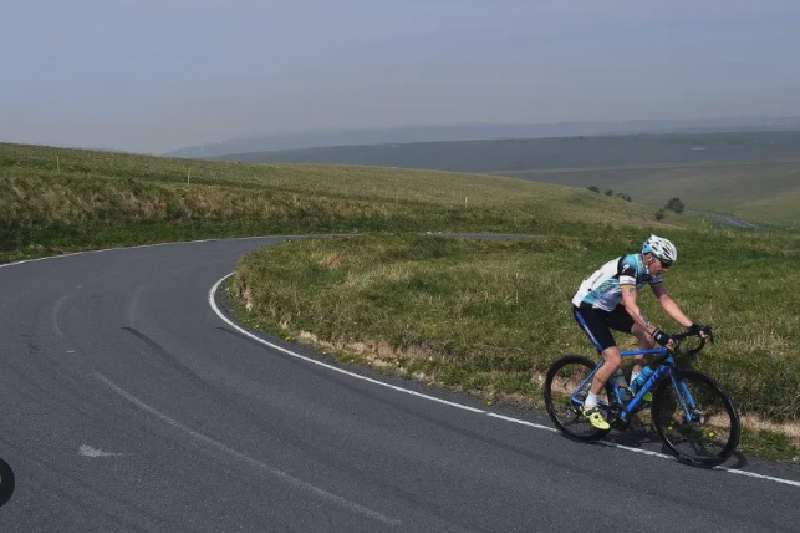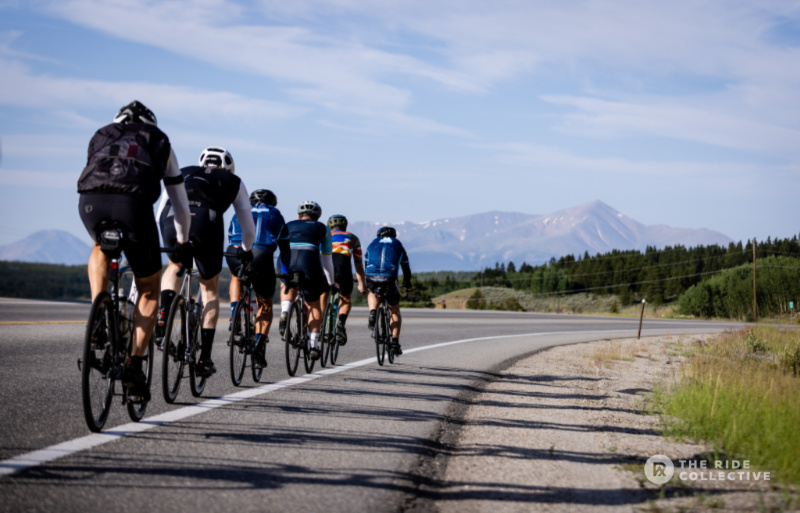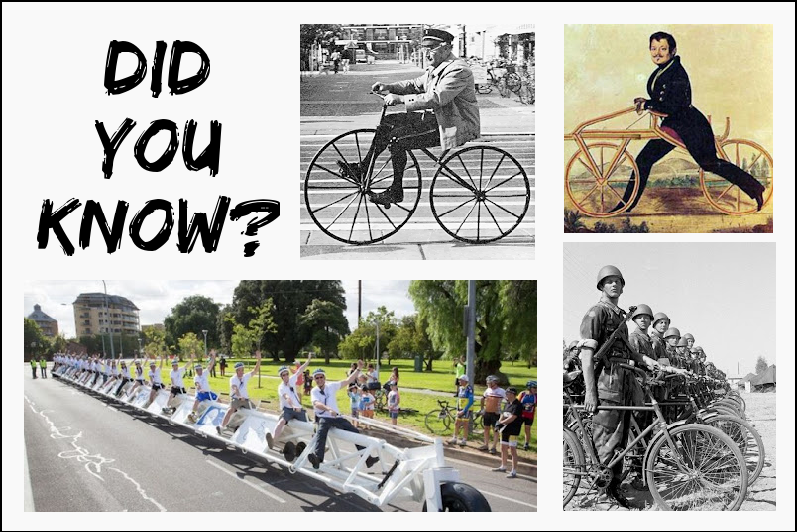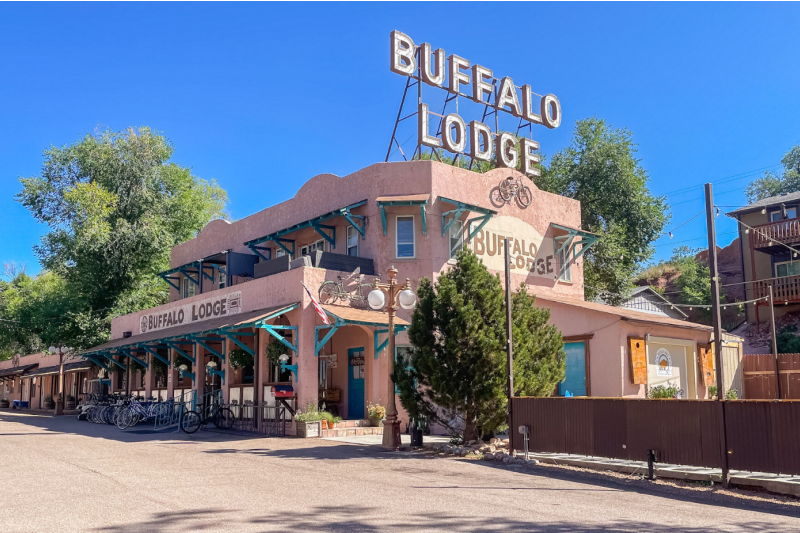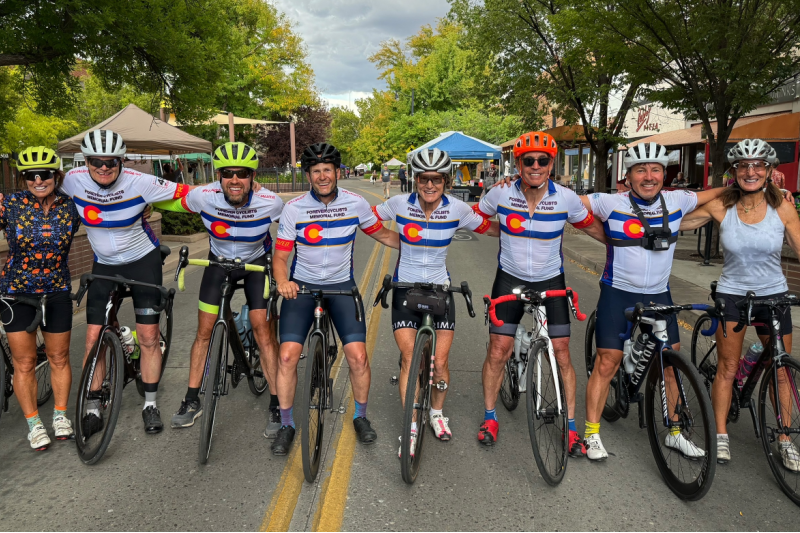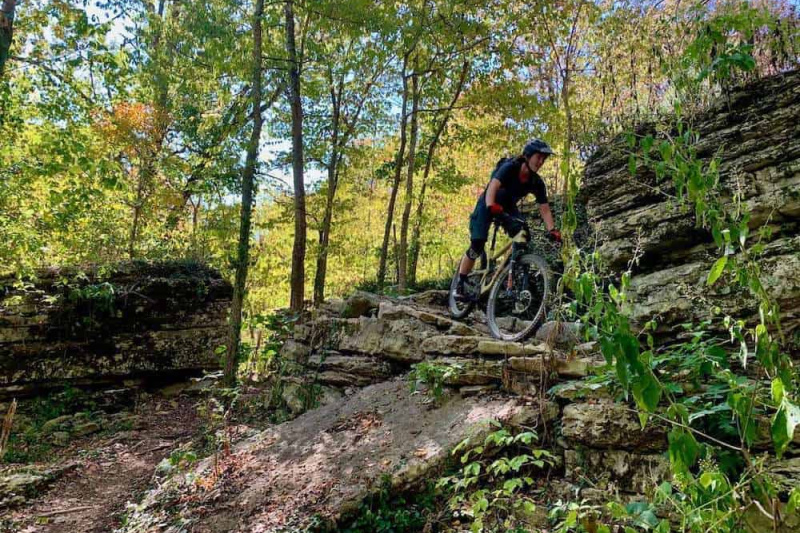You’re scrolling the comments under an article about a new bike lane and there it is: “No one uses them!” Or maybe you’re riding peacefully down a calm urban street when a passing driver yells, “Get off the road!” Or my personal favorite, “Cyclist don’t pay taxes, they shouldn’t use the roads at all!” Anti-bike arguments aren’t just frustrating—they’re outdated, inaccurate, and often repeated without a shred of evidence.
The good news? You don’t have to be a policy wonk or urban planner to shut them down. From tax myths to licensing fallacies and the spandex debate, here’s your ready-made rebuttal list of the most common anti-bike arguments—and the facts that turn them into dust.
“No one uses the bike lanes!”
Actually, they do—just efficiently.
Take Penn Avenue in Pittsburgh. It sees over 400 daily trips, sometimes spiking past 3,700 in a single day. Since installation, that one lane has logged more than a million trips. You might not see it jammed with riders at rush hour like a car lane because—surprise!—bike lanes work. They move people quickly and cleanly. You just aren’t sitting behind them idling.
In Denver, Colorado, the last 6 years has seen a 25% surge in bike commuting in downtown, with one 3 mile lane coming into town showing up to 425 daily trips. That’s 425 cars off the road into town from one of many bike lanes coming into town.
“Bike lanes take up too much space and make streets dangerous!”
They actually make streets safer for everyone.
Data doesn’t lie. On streets with protected bike lanes, crash rates typically drop—for drivers, cyclists, and pedestrians. When everyone knows where they belong, roads function better. Yes, drivers may need to slow down a bit. But that’s not inconvenience—it’s safety.
And if you’re tired of passing “wobbly cyclists” in traffic, bike lanes are your solution. They remove confusion, create predictability, and lower tension for everyone.
In Toronto, bikes actually topped the number of cars on the very central Bloor Street this summer. Yes, more bikes than cars. And, that happens quite often in other cities in Europe like Copenhagen.
And in Minneapolis, ridership consistently spikes when safe infrastructure is introduced. Build it, and they do come.
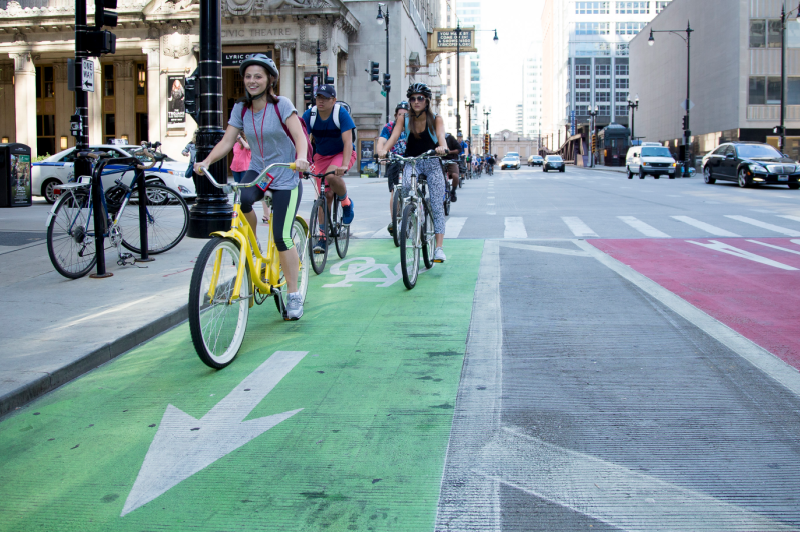
“Cyclists don’t pay for roads!”
Ah yes, the old “freeloader” fallacy. It’s time to retire it.
Most local roads in North America—the ones we bike on—are funded through general taxes like property, income, and sales tax. These aren’t user fees. That means whether you drive or not, you help pay for roads.
Plus, most cyclists also drive and pay vehicle registration and gas taxes. Ever wonder why there are so many bike racks on the back of Lexus’s and Audis? Last year Audi announced that 76% of their customers identified themselves as “cyclists”.
Many cyclists are subsidizing your driving lifestyle while creating less wear-and-tear, needing less space, and reducing emissions.
“They should be licensed and insured like drivers!”
Licensing schemes for cyclists have been tried and abandoned. They’re expensive, hard to enforce, and don’t actually increase safety. Unlike 3,000+ lb. vehicles, bikes aren’t deadly weapons. That’s why we regulate drivers and not tools.
And for those who do ride and drive? Auto insurance often extends to bike-related incidents already. Cyclists already face ticketing and even points on their license in many jurisdictions. The system works—and doesn’t need a bloated new bureaucracy.
“Cyclists never follow the rules!”
Do drivers?
Research shows people break traffic laws across the board—drivers, cyclists, even pedestrians. A 2020 Colorado study found 7–9% of both cyclists and drivers commit infractions. The difference? Motivation. Cyclists often roll red lights for safety—to stay visible, or ahead of overtaking traffic. Drivers usually do it to save time.
As a matter of fact, in most states, cyclist are encouraged, by law, to roll through stop lights and stop signs when it is deemed safe. It allows for them to stay visible, and ahead of traffic, as well as not slowing down traffic when starting from a stop.
And the consequences? A missed signal on a bike might annoy someone. The same in an SUV could be fatal. Context—and mass—matters.
“Why don’t they just ride on the sidewalk or stick to trails?”
Because it’s not safe or legal.
In most cities, biking on sidewalks is illegal in business districts. It’s dangerous for pedestrians and cyclists alike. And while trails are great, they don’t go everywhere. They don’t connect schools, shops, or work. You wouldn’t accept only being allowed to drive on highways. So why expect cyclists to stick to the riverfront?
“Bike lanes hurt small businesses by removing parking!”
This one’s especially persistent—and wrong.
Research from Toronto, New York, and Portland has shown that bike lanes often improve business. Cyclists shop more frequently than drivers, and a single car parking space can be replaced with racks for 10 bikes. More foot traffic, more local spending.
And think about it: people biking can stop on a dime, park near the door, and carry groceries on panniers or cargo bikes. That’s not a threat to small business—it’s a lifeline.
“Helmets should be mandatory!”
Helmets help reduce injury, sure—but mandatory helmet laws can backfire. They discourage casual riding, lower bike-share use, and are often enforced unfairly, especially in marginalized communities.
If you really care about cyclist safety, the best move is advocating for protected bike lanes, not policing gear. Let’s focus on preventing crashes, not just surviving them.
“Biking is only for rich white guys in Lycra.”
Not anymore—and that stereotype was never totally true.
From community bike co-ops like Pittsburgh’s Free Ride to grassroots cycling groups in BIPOC communities across North America, biking is a tool of empowerment and mobility. It’s affordable, accessible, and increasingly inclusive. The real issue isn’t who’s riding—it’s who feels safe enough to start.
Building better infrastructure means more people riding—not just those confident enough to mix with cars or suit up in spandex.
“The city is too hilly / cold / rainy / insert excuse here.”
E-bikes and modern gear have changed everything. Hills? Handled. Rain? Wear a jacket. Snow? Cities like Montreal and Minneapolis are embracing year-round biking.
You don’t have to ride everywhere. But for short trips around the neighborhood? Most people can do more than they think.
“We can’t all be expected to bike.”
Fair. But that’s not the point.
Not everyone can or wants to bike. But some people can and do—and they deserve a safe, efficient, affordable way to move through the city. Just like transit riders. Just like drivers. This isn’t about forcing anyone out of their car. It’s about freedom of choice.
Want cleaner air, less traffic, more vibrant streets, and safer communities? Supporting better bike infrastructure is how we get there.
Final Thought: Bikes Aren’t the Problem. They’re Part of the Solution.
If you’re angry at traffic, pollution, the cost of living, parking shortages, or road safety… bicycles aren’t your enemy. They’re your ally. Making space for them isn’t about punishment—it’s about progress.
So next time someone launches into a tired anti-bike rant, smile. You’ve got the facts, the stats, and the stories to ride circles around them.
